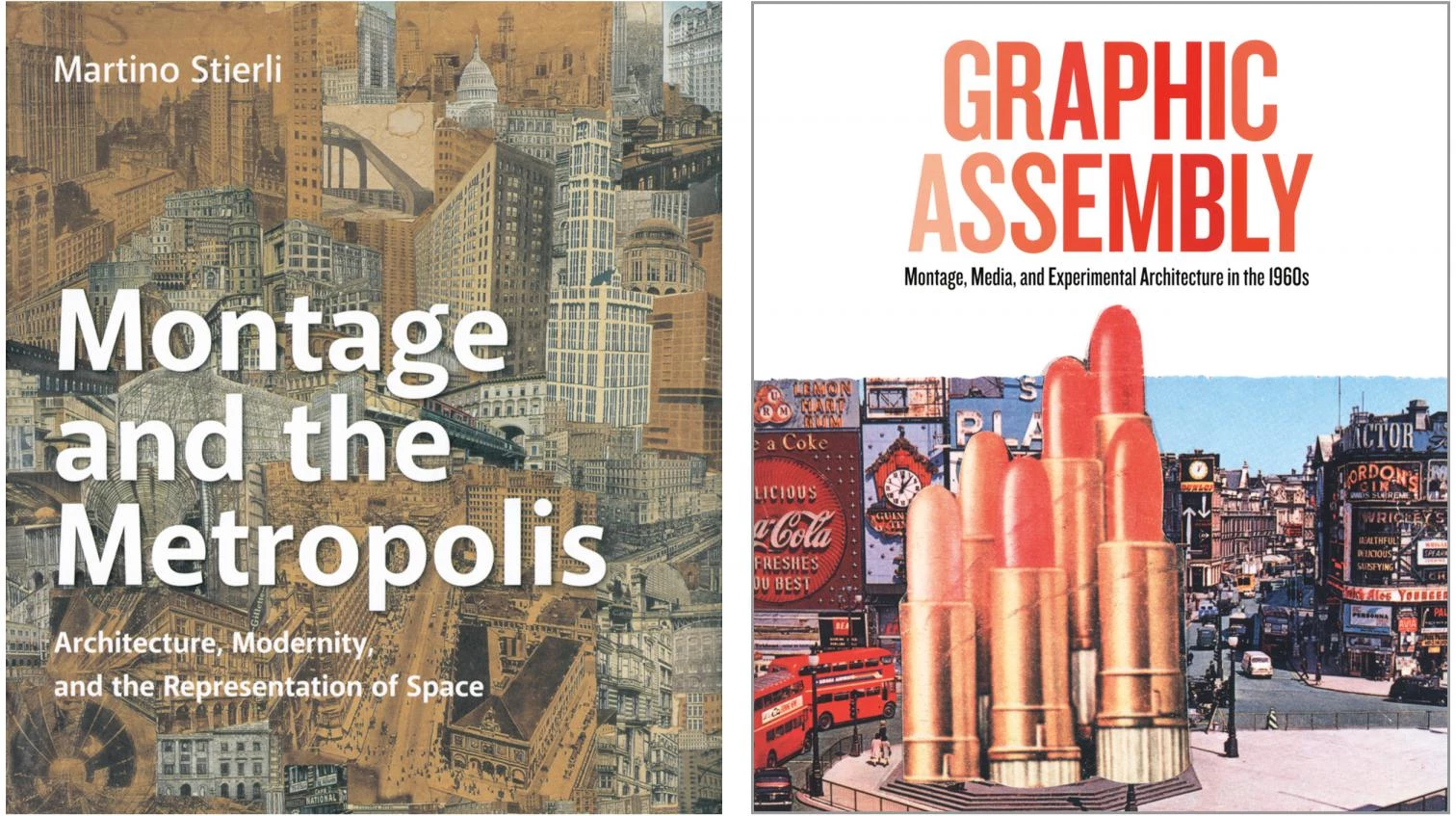
Modern architecture was based on montage and the metropolis. This is the main point of the splendid work of the Swiss historian Martino Stierli, chief curator of architecture at the MoMA. With elegant prose and excellent illustrations, Stierli reconciles erudition and clarity to explain the confluence of architecture, photography, film, and the visual arts in the crucible of modernity, and explores the importance of montage through some episodes, from Paul Citroen’s Metropolis to Rem Koolhaas’s Delirious New York, which proposed to revamp urban historiography through a literary montage.
Inevitably, the two protagonists are Mies van der Rohe – whose photomontages of the Friedrichstrasse Skyscraper or the Museum for a Small City are part of the history of 20th-century architecture – and Serge Eisenstein, the Russian film director who theorized on montage in his field but also wrote on architecture and urban planning as pre-cinematographic media. When dealing with Eisenstein, the narrative discusses Le Corbusier and the promenade architecturale, and various sections also comment on Aby Warburg’s Mnemosyne Atlas, the visual assemblages of the books by Sigfried Giedion or André Malraux, Walter Benjamin’s textual collages, Colin Rowe and Fred Koetter’s Collage City, or Manfredo Tafuri‘s use of historiographic montages that make his works palimpsests.
Spanish readers will appreciate the space devoted to Eisenstein’s interest in El Greco, whose relationship with cinema he explored in various texts, and whose View and Plan of Toledo he considered an example of cinematographic montage; to José Ortega y Gasset’s Meditations on the Frame, where the philosopher relates the architectural window to the frames of canvases; or to the caustic demolition of Tafuri’s texts by Tomás Llorens, who attributed their incoherence and intelligibility to the above-mentioned montage of fragments by the Italian historian. In short, paraphrasing Erwin Panofsky, who said perspective was the ‘symbolic form’ of the Renaissance, Stierli asserts that the montage defines 20th-century Western visual culture, playing a central role until the current digital revolution.
In a book launched shortly after, the Yale art history professor Craig Buckley documents the role of montage in 1960s experimental architecture. Though more limited in scope, the text also deals with figures like Eisenstein, Giedion, or Mies, and similarly begins with clarification of the terms ‘montage,’ ‘collage,’ and ‘assembly,’ but enriches the panorama through the visionary proposals of Archigram, Buckminster Fuller, Hans Hollein, Yona Friedman, or the Situationists, the critical contributions of Reyner Banham or Martin Pawley, and the influence of artists like Richard Hamilton or Claes Oldenburg. Almost all these names are absent in Montage and the Metropolis. Buckley’s work does not compare with Stierli’s in theoretical ambition, nor in editing, but is a good complement, and both attest the renewed interest in montage within the academic community of historians of contemporary architecture.







